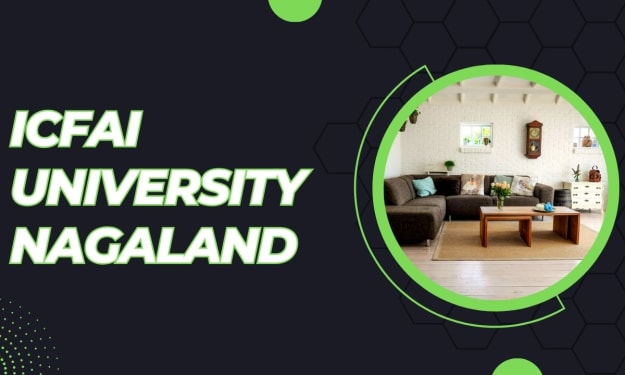Programming {Part 1}
Understanding what programming is all about

What is PROGRAMMING?
Just like every other word, there are verities of definitions for “Programming”.
To put it simply, Programming is the process of writing, designing, testing and also maintaining computer programs or software. In other words, it involves using programming languages to write instructions or code that a computer can understand and execute. When programming, it’s like you are speaking to your computer in the language that the computer understands and then the computer can interpret your language into actions that it can perform.
WHAT ARE THE GOALS OF PROGRAMMING?
You might be wondering, what the goals of programming are. What are programmers trying to achieve by just sitting at their desks and writing varieties of codes literarily every time, well I’ll list some of those goals down below:
1. Solving Problems: Programming is used to create software applications that solve real-world problems or automate tedious tasks. Some of these software applications include The banking app, E-commerce websites, project management tools, and many more.
2. Improving Efficiency: Programming is used to automate repetitive and time-consuming tasks which can improve efficiency and save time.
3. Enhancing user experience: Programming is used to create user-friendly software applications that are easy to use and navigate by the user.
4. Enhancing data analysis: Programming is used to create data analysis tools that can process a large amount of data and provide insights into trends and patterns.
5. Facilitating Communications: Programming is used to create messaging and communication applications that enable people to connect and interact with each other.
6. Creating Entertainment: Programming is used to create video games, virtual reality experiences, and other forms of digital entertainment.
7. Securing systems and data: Programming is used to create security measures and software that protects the system data from malicious attacks.
PROGRAMMING LANGUAGES
Having known all these, let's talk about different languages you can use to interact with your computer.

Just like us humans, interactions are made possible between us through the use of language. There are different types of languages humans use for interaction. The same thing also applies to computers being able to understand multiple languages.
As I explained earlier, programming is a way to interact with your computer to give certain instructions to your computer that it can understand, interpret, and execute.
There are many different types of programming languages, each with its own unique characteristics, syntax, and use cases. Here are brief descriptions of some of the most popular programming languages:
1. C: C is a high-level, general-purpose language that is widely used for system programming, embedded systems, and gaming. It is known for its efficiency and low-level access to computer hardware.
2. C++: C++ is an object-oriented extension of the C language that is widely used for developing applications, operating systems, and game engines. It is known for its performance, efficiency, and flexibility.
3. Java: Java is a high-level, object-oriented language that is widely used for developing enterprise applications, Android mobile apps, and web-based software. It is known for its platform independence and security features.
4. Python: Python is a high-level, interpreted language that is widely used for data analysis, machine learning, web development, and scientific computing. It is known for its simplicity, readability, and ease of use.
5. JavaScript: JavaScript is a high-level, interpreted language that is widely used for developing web-based applications and user interfaces. It is known for its interactivity and dynamic features.
6. PHP: PHP is a server-side scripting language that is widely used for developing dynamic websites and web-based applications. It is known for its simplicity, ease of use, and integration with other web technologies.
7. Ruby: Ruby is a high-level, interpreted language that is widely used for web development, system administration, and automation tasks. It is known for its simplicity, expressiveness, and productivity.
These are just a few examples of the many programming languages that exist. The choice of the programming language will depend on the task at hand, the developer's expertise, and the requirements of the project.
And that's a wrap guys!
I hope that by now, you've understood some basic concepts behind what programming is and why we need programmers in this modern world of ours in which technology is evolving at an astonishing speed.
Thank you for reading thus far. I'll be posting another article about what programmers do to ensure their code works and how they solve errors(bugs) in their code for it to give the desired output. Stay tuned and see you guys next time!
About the Creator
Hassan Ibrahim 🧑🏽💻
Hi, I'm Ibrahim, a programmer who loves creating beginner-friendly content. Let's learn programming together, from the basics to more advanced topics! Let's explore the world of programming together!






Comments (1)
Educating, nice 👌